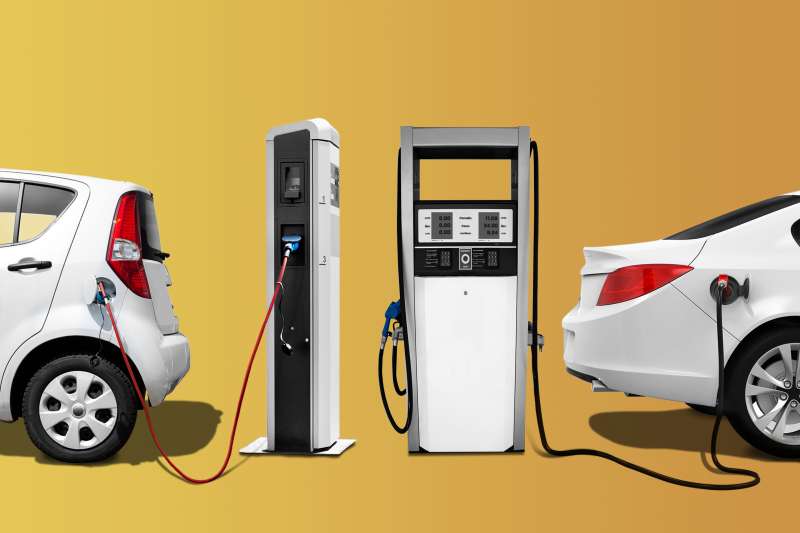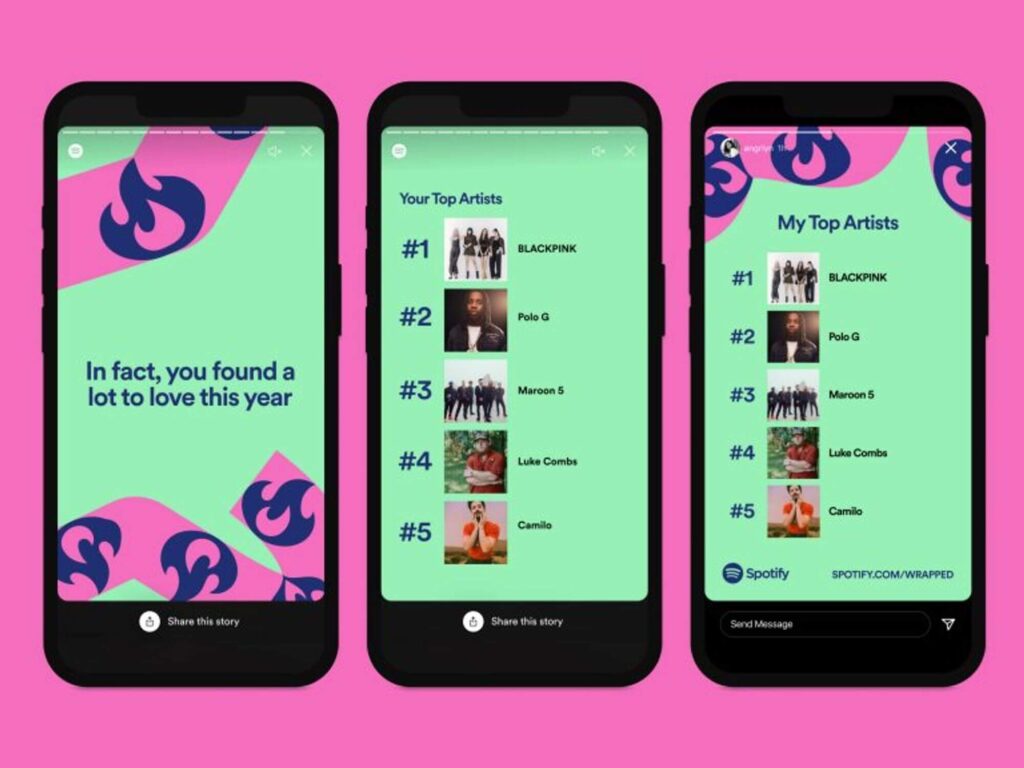Methane is a chemical compound with the molecular formula CH4. It is the primary component of a natural gas. It is also the simplest alkane possible. This colourless and odourless gas is combustible and has a very unusual boiling point, because it is only -162°C. You can find methane in many natural sources like termites, wetlands or marshes. It can also be found in human activities such as extracting fossil fuels and raising livestock. You can also call it a potent greenhouse gas which has a 28 times greater global warming potential than carbon dioxide.

Methane leakage, can have a diversity of negative impacts on the environment as well as on human health. The impact of methane leaks on climate change is substantial as it is a potent greenhouse. When it leaks into the atmosphere, it traps heat and contributes to rising temperatures. This can cause many consequences, for instance, rising sea levels or extreme weather happening more often. Methane leakage can also pose a danger of explosions and fires considering the fact that methane is highly flammable. Accumulation of this gas in an enclosed space can easily lead to an explosion or fire which then can lead to property damage or injury to people. Therefore detecting and repairing methane leaks as soon as possible is crucial to minimising its devastating results.
Detecting methane leaks has always been a challenging task. Methane is difficult to detect because it is odourless, colourless and tasteless. Thus, traditional methane leaks detecting methods rely on visual inspections and sniffer dogs, which can be pricey and time consuming. Nevertheless AI has been making a great progress in development lately and with the advancements in the technology there are some new methods for detecting methane leaks becoming available.

GCI (Gas Cloud Imaging) systems are advanced tools for detecting and monitoring methane leakage in the oil and gas industry. They are able to detect and identify over 50 gases using infrared cameras. The cameras detect the leak and show it as a visual cloud, a contrast against the background. They take a picture and send an alert by text or email. The operator can then use the information and approve if the system detected a leak or made a mistake. All alarms and cameras footage ale saved and stored, so the scientists group can analyse it and establish the cause of the leak later. The biggest GCI’s benefit is that the system is able to detect leaks very quickly and it is surprisingly accurate in what it does. Those attributes significantly reduce the amount of the gas released into the atmosphere. Also the key benefit is that the system covers/scans very big areas in a short period of time, what makes the system even more efficient and effective. Additionally you those cameras could be used in multiple cases. They not only detect methane leaks but they also have fire and intrusion detection built in.

In conclusion methane leaks can have intense impact on the environment and human health. It is vital that we take decisive steps towards reducing and minimising the amount of methane emitted by repairing its leaks as soon as we detect it. We need advanced tools to detect it in there first place and AI has a great potential in becoming a very important tool to help us do that. GCI systems can be an essential tool for monitoring and detecting methane leaks. Thanks to them, we’re given quick and reliable results that we’ll need in order to protect and help the environment, whilst reducing the impacts of greenhouse gas emissions.
sources:
–https://www.nationalgeographic.com/environment/article/methane
–https://frontiergroup.org/resources/methane-gas-leaks/
–https://www.detect-measure.com/images/documents/Honeywell-Rebellion–GCI-Brochure.pdf








